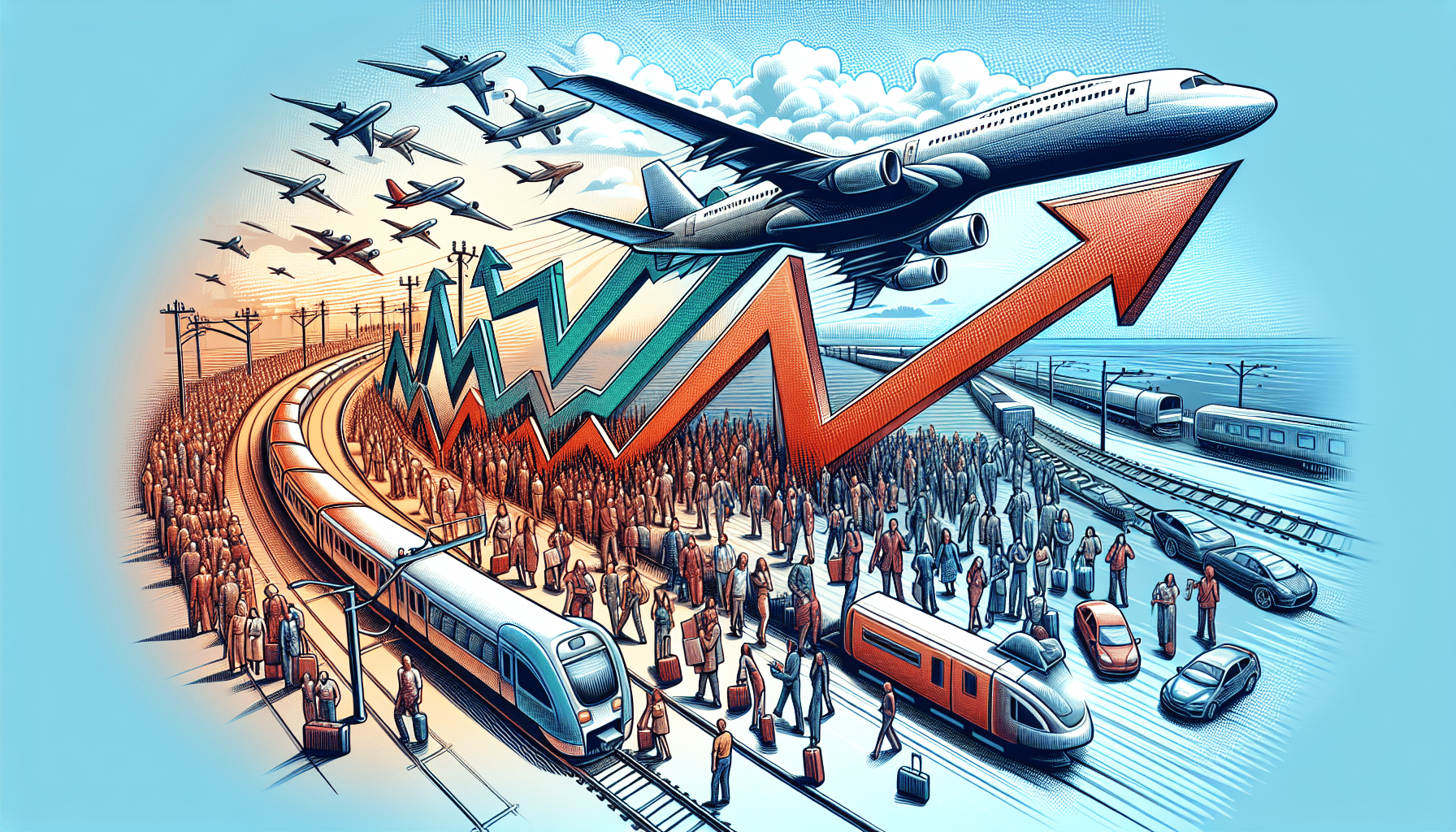In May 2025, the average cost of transportation services in the European Union (EU) experienced an increase of 1.7% compared to the same month the previous year. This rise encompasses various modes, including rail, road, air, and maritime transport. Passenger transport prices by rail and road rose by 4.0% and 2.3%, respectively, while air transport showed a downward trend, with a decrease of 3.0%.
The period between May 2023 and May 2025 was characterized by moderate fluctuations in the inflation of transportation services. It began with a 3.9% increase in May 2023, peaking at 11.9% in June of the same year. Subsequently, declines were recorded that led to negative rates toward the end of 2023 and the beginning of 2024. By August 2024, the annual change rate stabilized at 3.5% and remained at similar levels, although it surged again in April 2025 to reach 7.3%.
Rail transportation exhibited greater stability compared to other services, recording annual changes between 0.8% and 5.7%. Road transport also showed more moderate variations, with a range between 1.2% and 4.5%. In contrast, air transport prices were more volatile, reflecting travel demand and seasonality. In May 2023, these prices were 18.4% higher than in May 2022, but they experienced a significant decline of 5.3% in November 2023. Although they continued to fluctuate in the following months, inflation for air transport rose to 10.0% in November 2024 and reached 13.8% in April 2025.
Among EU member states, Malta recorded the highest inflation for transportation services in May 2025 at 19.0%. It was followed by Slovakia at 14.2% and Luxembourg at 12.7%. However, seven countries reported decreases in their inflation rates in this sector, with Cyprus showing -9.4%, Ireland at -9.2%, and the Netherlands at -4.9%.
This landscape highlights how the transportation sector has become a crucial indicator of economic dynamics, influenced by various internal and external factors that shape both supply and demand in the region.
Source: MiMub in Spanish











